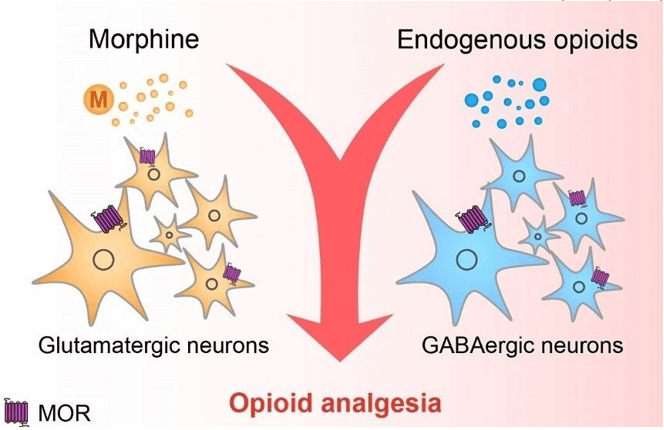For the past six hours, a postoperative male client has refused pain medication because he believed that he could "tough it out." When an opioid analgesic is administered, the client has difficulty obtaining a satisfactory level of comfort.
Which action is best for the practical nurse (PN) to use in assisting this client to deal with his pain?
Dim the lights in the room and close the door.
Guide the client through slow, rhythmic breathing.
Turn the television on to the client's favorite show.
Obtain a prescription for a higher dose of pain medication.
The Correct Answer is B
This is the best action for the PN to use in assisting this client to deal with his pain because it provides a non- pharmacological method of pain relief that can enhance the effect of the opioid analgesic. Slow, rhythmic breathing can help the client relax, distract from the pain, and increase oxygenation and blood flow.

Nursing Test Bank
Naxlex Comprehensive Predictor Exams
Related Questions
Correct Answer is D
Explanation
This is the best action that describes the responsibility of the PN because it ensures that the client has given informed consent for the invasive examination and that the consent form is valid and documented. The PN should verify that the provider has explained the examination, its risks and benefits, and alternative options to the client and that the client has agreed to proceed.
A. Explaining the examination and asking the client to sign the consent form is not the responsibility of the PN but of the provider who will perform the examination.
B. Obtaining the medical record for the correct signed consent form prior to the examination is not enough to ensure informed consent and may not involve any interaction with the client.
C. Asking if the client understands the exam and why the consent form must be signed is not enough to ensure informed consent and may not address any questions or concerns that the client may have.
Correct Answer is D
Explanation
The correct answer is choiceD. Contact information for a women’s shelter.
Choice A rationale:
While providing a safety plan is important, it may not be the most immediate or practical resource for a client in an abusive situation. A safety plan is a detailed strategy for leaving an abusive relationship safely, but it requires time and preparation, which may not be feasible in an urgent situation.
Choice B rationale:
Paperwork for a restraining order is a legal step that can help protect the client, but it may not provide immediate safety. The process of obtaining a restraining order can take time, and the client may need immediate shelter and support.
Choice C rationale:
Documenting the report of abuse in the visit summary is important for medical and legal records, but it does not directly provide the client with immediate resources or safety. This documentation can be useful for future legal actions but does not address the client’s immediate need for safety and support.
Choice D rationale:
Providing contact information for a women’s shelter is the most appropriate response because it offers immediate safety and support. Women’s shelters provide a safe haven, counseling, legal support, and other resources necessary for individuals experiencing domestic violence.This option prioritizes the client’s immediate safety and well-being.
Whether you are a student looking to ace your exams or a practicing nurse seeking to enhance your expertise , our nursing education contents will empower you with the confidence and competence to make a difference in the lives of patients and become a respected leader in the healthcare field.
Visit Naxlex, invest in your future and unlock endless possibilities with our unparalleled nursing education contents today
Report Wrong Answer on the Current Question
Do you disagree with the answer? If yes, what is your expected answer? Explain.
Kindly be descriptive with the issue you are facing.
